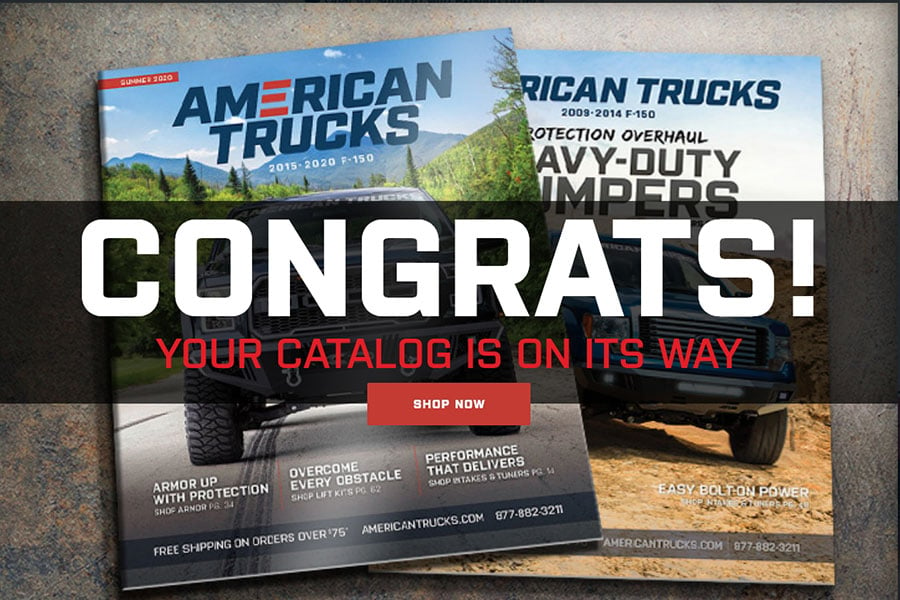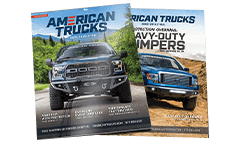
Custom Rims: 3 Key Terms to Know Before Purchasing
By Emelie S.
Nothing makes a statement on your ride like a brand new set of rims. There might be a million wheel options when it comes to color, finish and style, but a vital factor to consider is fitment. Everything about choosing a new style for your vehicle is fun. Not so fun – finding out your new wheels don’t fit. In order to keep this from happening, you must know these three terms before you purchase custom rims.
Size
Size defines your wheel diameter and there are many different measurements that go along with it. Your wheel size will vary depending on how wide you want your tires to be. Before choosing bigger wheels, it’s important to consider where you’ll use your vehicle the most. Whether it’s off-road or on pavement, driving conditions are something to keep in mind before deciding on a wheel size. Wider wheels usually fit wider tires, which provide great traction, but could also have a negative impact on your ride-quality. Don’t purchase a wheel without making sure your tires will fit first. To determine what tires will fit your wheel size, you can use a tire calculator.
Bolt Pattern
Bolt patterns are determined by the number of bolt holes on a wheel and the distance between each bolt hole. Measuring across the center of a wheel will give you a bolt pattern of 5x4, for example. That means there are five bolt holes and the distance between them is 4 inches. Bolt patterns can also be measured in millimeters, which is why you’ll often see bolt patterns of 5x100. Another important term to remember is that of “center bore” – this is the center hole on the back of a wheel used to secure it. The diameter of that center bore is sometimes measured to aid with fitment and sizing.
Backspace
Backspacing is the distance from your wheel’s mounting surface to its inside edge, or inner flange. It’s measured in inches and is also essential to obtaining a perfect fitment on your vehicle. Backspacing varies according to your offset. For example, if your offset is at zero, the mounting surface will be even with your wheel’s center line. A negative offset puts the mounting surface closer to the back of the wheel, while a positive offset makes the mounting surface closer to the front of the wheel. Choosing the wrong backspacing size can jeopardize the fitment on your vehicle.
After learning about these three important terms, you will hopefully have a better idea on how to choose the right wheel for your ride. You can also find some guidance in this article, where we explain important wheel terms in a more in-depth way to help you purchase your new set of rims with complete confidence.

